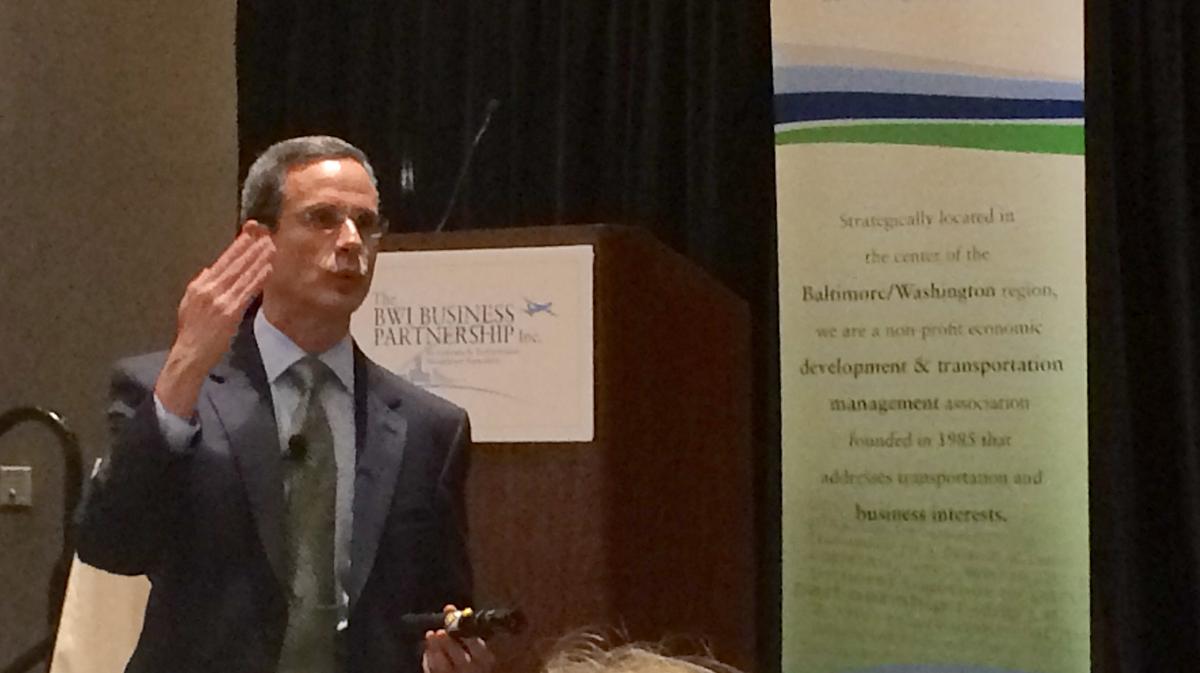

When comparing the two tragedies, we found that expressions of gratitude were significantly higher in Newtown than in Alabama, even though the scope of damage was much higher for those affected by the tornado.

We examined nearly two weeks’ worth of tweets following the two events, using machine learning to detect expressions of gratitude for social support. Kim and Clay collected large datasets of tweets following the Sandy Hook Elementary School (Newtown, CT) shooting in December 2012 and an April 2011 tornado in Alabama that ranks as the costliest tornado in U.S.

In two recently published articles, we partnered with HCIL faculty Yla Tausczik and Johns Hopkins University Applied Physics Laboratory researcher Clay Fink (a colleague of Kim’s) to examine how people used Twitter in the aftermath of two localized tragedies. The health and resilience of our communities after traumatic events is not easy to measure and monitor, but social media, such as Twitter, could help provide insight. Gratitude for support can be thought of not only as an indirect proxy for the social support a community received, but as an indicator of resilience and potential for recovery. “Thank you.” What can such simple words help us understand in the face of disaster? Looking at disaster-stricken communities on social media, we can identify expressions of gratitude, or thanks, for social support these communities received to help them cope. In two new studies, iSchool researchers explore social media’s role in expressions of grief and responses to tragedies.


 0 kommentar(er)
0 kommentar(er)
